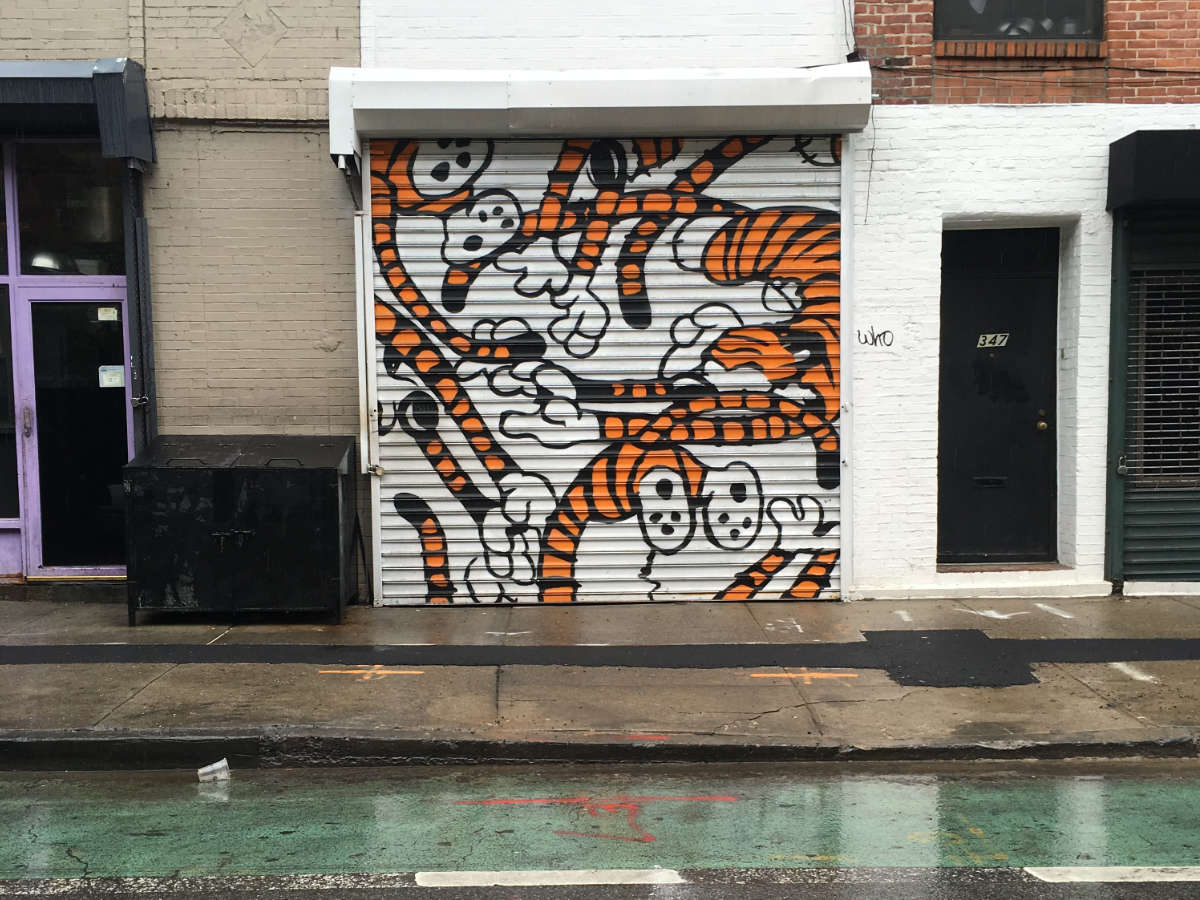
Hello! It’s been a while — nearly eight years since I posted on my blog. A lot has changed for me in that time. I’m back in Philly, have two kids, and have bounced around in my career a bit. Now I find myself wanting to try something new again, or maybe return to things I used to do. Namely, blogging and contract gigs paired with side quests.
Somewhere along the way, I found myself receding from the web a bit. I still loved making websites and staying current on how the web as a medium was evolving. But I grew disinterested in socializing and hanging out in any of the social spaces. The reasons are probably obvious: pandemic, kakistocracy, and the overwhelming daily drumbeat of current events. Parenting also takes up a lot of time, and that’s been a welcome reprieve, giving me more reason to focus on family and friends.
But I love the web and miss feeling like a part of it! I never stopped reading friends’ sites or stumbling upon little hidden creative gems—there’s so much goodness here, and I miss being part of it. More than the social side of things, I miss having my own little home on the web, a space to write and reflect. It keeps me learning and helps me better understand what I think.
Sometimes, I don’t know what to make of the world or how to make it make sense. Ethan, ever the smarty, tells us websites can be worry stones. That’s exactly how I want to think of it right now, something to comfort me and guide me. Making things helps ground me, gives me a job to do, and fills me up.
So, here we are again. Somehow, my site turns 25(!) years old this year. I want to rekindle things and get back to writing again. And I want to do it in my own space, apart from the tides of platforms and networks. Just some internet webpages and RSS. I’m excited to write more and share silly, interesting, and inspiring things. I don’t know how regularly I’ll post, but I’m thinking a couple times a month should be possible.
The best time to (re)start a blog was yesterday, and the next best is today. Blogs are awesome — they’ve always been awesome. If you’ve made it this far, I hope you’ll stick around. The RSS is flowing!
P.S. Thanks to Luke and Colly for their generous advice and guidance as I got myself up and running on Kirby. They are fine folks and Kirby is charming as hell to use.
]]>